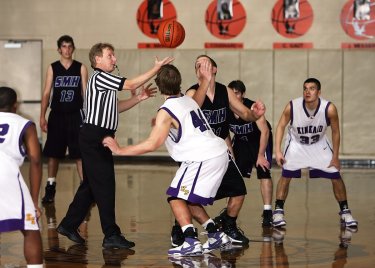(3 Minute Read)
More than 35 million children between the ages of 8 and 19 participate regularly in youth sport (Sport & Fitness Industry Association, 2019). The benefits of participating in youth sports should not go unnoticed with the opportunity to inspire confidence and mental health, prevent obesity, and reduce the risks of youth violence or substance abuse (The Aspen Institute, 2018). Participation in youth sports is also associated with higher test scores, improved academic achievement, success in postsecondary education, earning a bachelor’s degree, and higher income (Athletic Business, 2019; The Aspen Institute, 2018).

Coaches play a crucial role in assisting with the development of youth participants through their ability to mentor. The benefits of coaching and mentoring are well-documented, with the proteges experiencing increased academic achievement, lower engagement in risky behaviors, greater self-efficacy, decreased behavioral problems, and improved social skills (Global Sports Development, 2019). With proper mentoring from a coach, a young athlete can learn valuable lessons through psychosocial (psychological & social) functions of role modeling, acceptance and confirmation, counseling, and friendship (Kram, 1985).

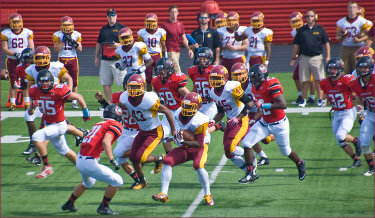
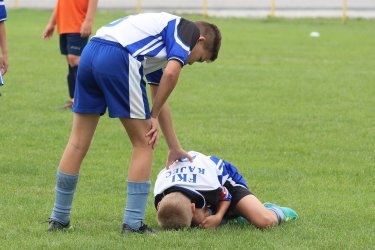
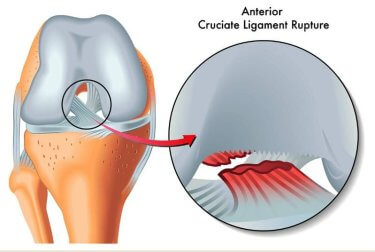

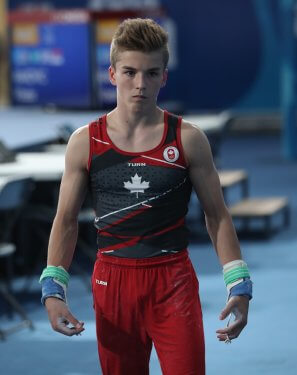
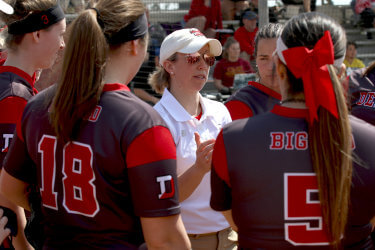
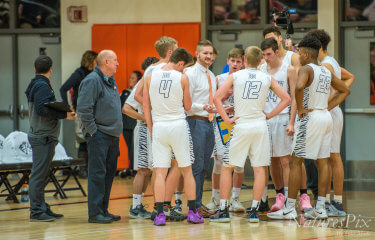 Photo Credit: Tyler Mode
Photo Credit: Tyler Mode